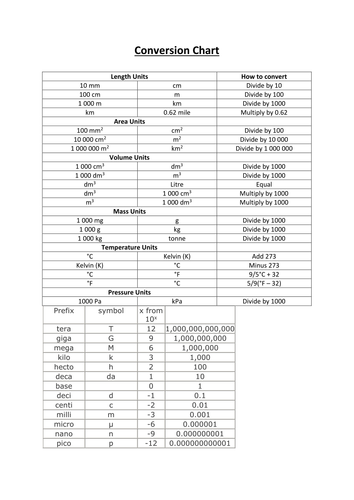Physics Unit Conversion Chart
It’s easy to feel scattered when you’re juggling multiple tasks and goals. Using a chart can bring a sense of order and make your daily or weekly routine more manageable, helping you focus on what matters most.
Stay Organized with Physics Unit Conversion Chart
A Free Chart Template is a great tool for planning your schedule, tracking progress, or setting reminders. You can print it out and hang it somewhere visible, keeping you motivated and on top of your commitments every day.
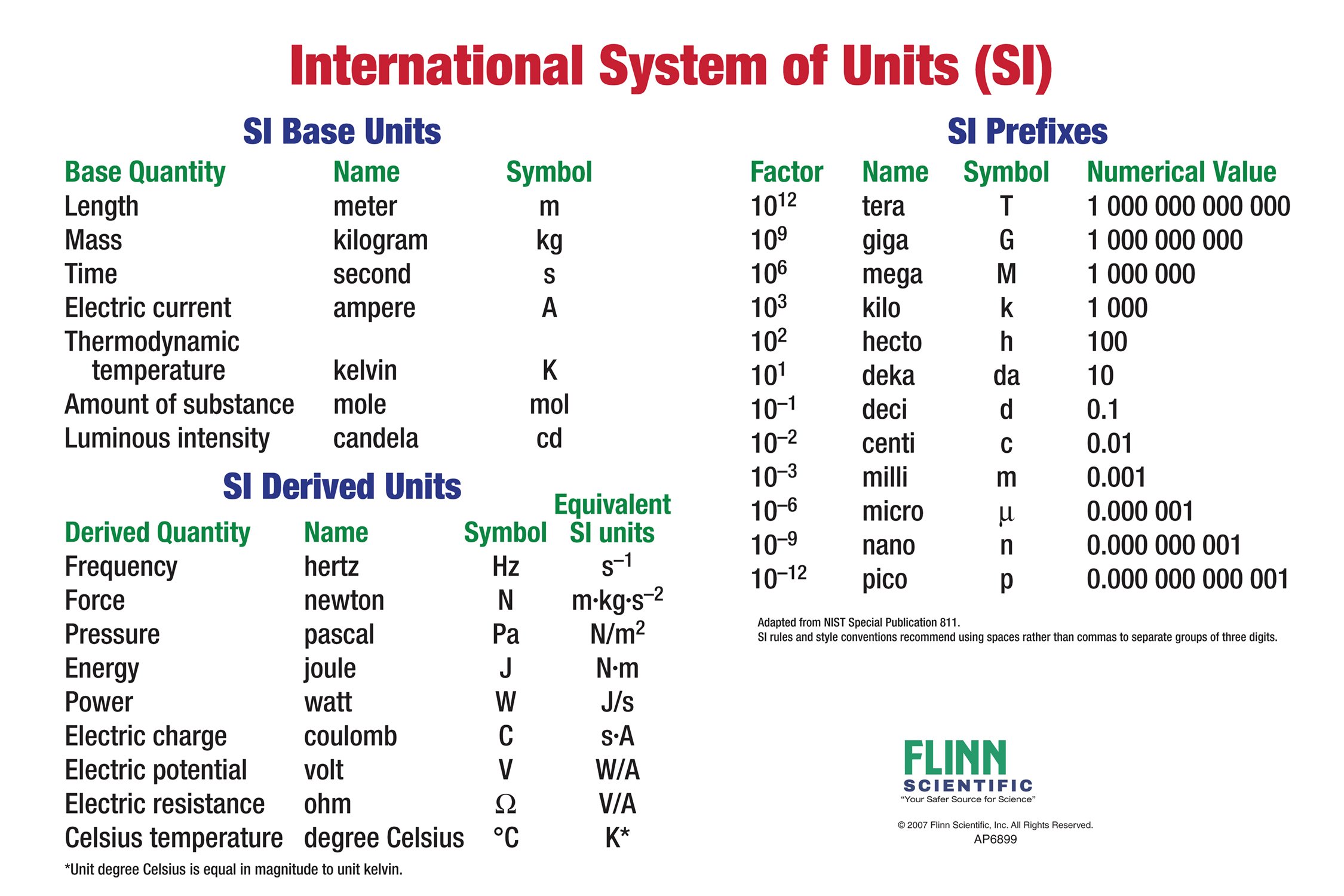
Physics Unit Conversion Chart
These templates come in a variety of designs, from colorful and playful to sleek and minimalist. No matter your personal style, you’ll find a template that matches your vibe and helps you stay productive and organized.
Grab your Free Chart Template today and start creating a smoother, more balanced routine. A little bit of structure can make a huge difference in helping you achieve your goals with less stress.
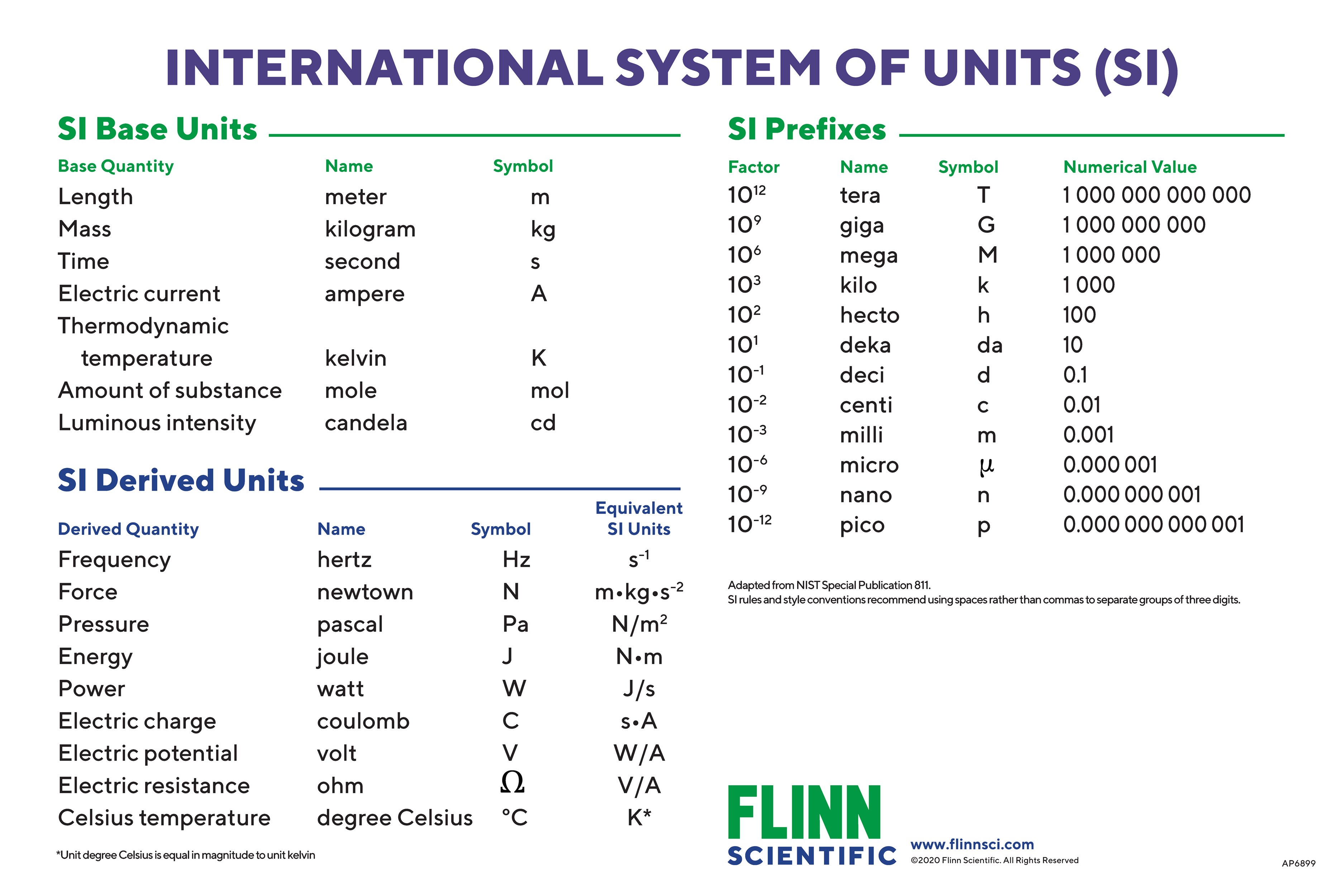
Basic SI Units And Prefixes Chart Flinn Scientific
Strategy We need to convert grams to kilograms and cubic centimeters to cubic meters The conversion factors we need are 1 kg 10 3 g and 1 cm 10 2 m However we are dealing with cubic centimeters cm 3 cm x cm x cm so we have to use the second conversion factor three times that is we need to cube it Now, the conversion of 80 m to kilometers is simply the use of a metric prefix, as we saw in the preceding section, so we can get the same answer just as easily by noting that. 80 m = 8.0 × 10 1 m = 8.0 × 10 −2 km = 0.080 km, since "kilo-" means 10 3 (see Table 1.2) and 1 = −2 + 3. However, using conversion factors is handy when ...
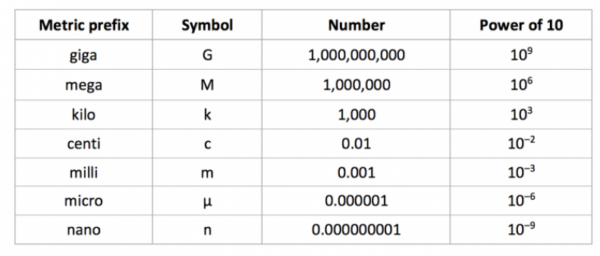
EXAMPLE 2 Try Something More Complex Write 0 00092 S In Standard Form
Physics Unit Conversion ChartPhysics I: 501 Practice Problems For Dummies (+ Free Online Practice) When solving physics problems, you'll often encounter unit prefixes that you need to know. You also need to be familiar with common unit symbols and their corresponding SI units. The following tables list some of the typical prefixes and symbols that you may see. The conversion of height from feet to metres is a two step process First convert the number of feet to metres and then convert the number of inches to metres Converting feet to metres we get 5 ft 0 305 1 53 metres Now converting the inches to centimetres we get 3 inches 2 54 7 62 cm 0 0762 metres
Gallery for Physics Unit Conversion Chart

Conversion Of Units In Physics Lacey has Watkins

Unit Conversion Practice 2 PHY 111 91 General Physics I And
Base Units And SI Prefixes Standards Of Measurement

Charts For Si Units Radiation SI Unit Measurements Physics Lessons

Si Unit Conversion Chart
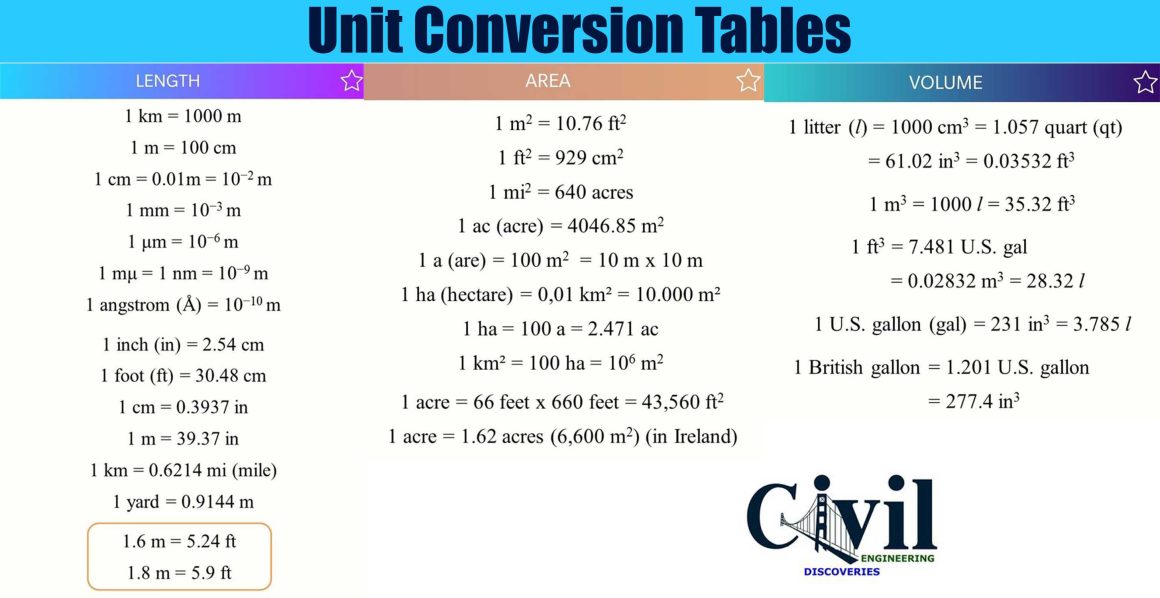
Unit Conversion Tables Engineering Discoveries
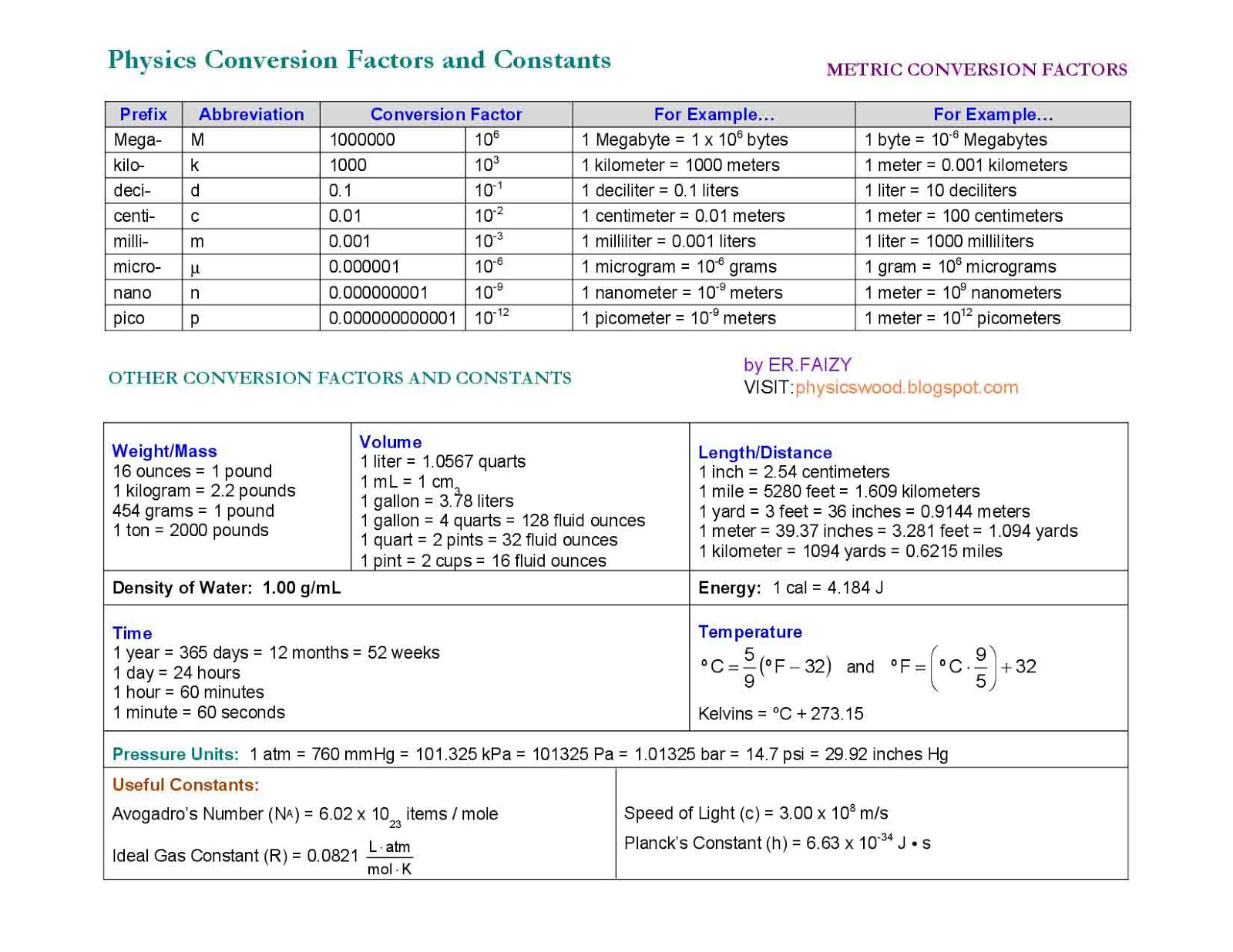
Physics Wood BASIC PHYSICS CONVERSION FACTORS AND CONSTANTS
Physics For Foundation Chapter 1 Measurement

Physics Conversion Tables
Unit Conversion Chart Teaching Resources

